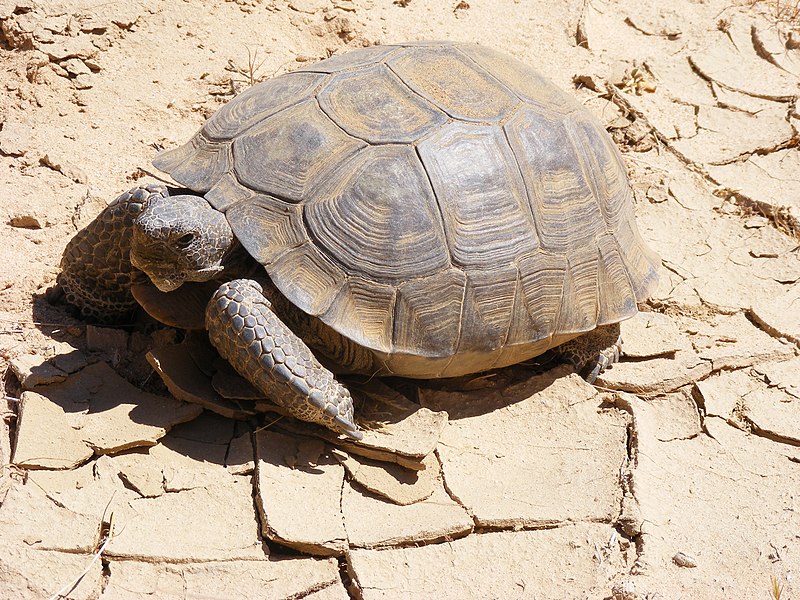 The term “Asian Turtle Crisis” was coined in 1997, when photos of thousands of rare turtles being slaughtered in a Guangzhou, China food market propelled the tragic plight of Asia’s freshwater turtles into the conservation spotlight. The private turtle-keeping and zoo communities were quick to take action, and a number of fine organizations and programs resulted. In 2001, I traveled to south Florida to help rehabilitate and place 7,500-10,000 turtles that had been confiscated in China.
The term “Asian Turtle Crisis” was coined in 1997, when photos of thousands of rare turtles being slaughtered in a Guangzhou, China food market propelled the tragic plight of Asia’s freshwater turtles into the conservation spotlight. The private turtle-keeping and zoo communities were quick to take action, and a number of fine organizations and programs resulted. In 2001, I traveled to south Florida to help rehabilitate and place 7,500-10,000 turtles that had been confiscated in China.
Hard Work Pays Off
In south Florida I worked day and night alongside dedicated folks from the New York Turtle and Tortoise Society and other herp-oriented organizations, internationally-known turtle biologists, private turtle fanciers and zoo colleagues. The marathon effort was a grand success, with more turtles saved and placed in good homes than anyone would have dared hope upon first seeing their wretched condition. Given the passion, funds and other support that the situation aroused, the future looked promising. Unfortunately, 9 years later, the situation remains very bleak.
90+ Species Face Extinction
Recent studies by Conservation International (please see this article) reveal that at least 1/3 of the world’s 280 turtle species, including most of those found in Southeast Asia, are in imminent danger of extinction. Two photos on the homepage of the NY Turtle and Tortoise Society, taken 12 years apart in Guangzhou, China food markets, illustrate, graphically and tragically, that little has changed.
 Several turtle species are represented by single populations numbering 12-50 individuals; only 4 specimens of the Red River Giant Softshell (Rafetus swinhoei, please see photo) are known to exist, the status of many Asian Box Turtles (Cuora spp., please see photo) can not even be determined, but several species have not been seen in years…the list goes on.
Several turtle species are represented by single populations numbering 12-50 individuals; only 4 specimens of the Red River Giant Softshell (Rafetus swinhoei, please see photo) are known to exist, the status of many Asian Box Turtles (Cuora spp., please see photo) can not even be determined, but several species have not been seen in years…the list goes on.
In Part 2 of this article we’ll take a look at the causes of the recent catastrophic declines in turtle populations and what is being done to reverse the trend.
Further Reading
Excellent article on the status of Asia’s turtles along with disturbing photos from food markets in China – READ THIS!
Turtle Survival Alliance Programs
Cuoras Species Headshots image referenced from wikipedia and originally posted by Torsten Blanck
 That Reptile Blog – Reptile, Amphibian and Exotic Pet Care and Information
That Reptile Blog – Reptile, Amphibian and Exotic Pet Care and Information

 The desert tortoise was at one time collected in huge numbers for the pet trade. Unfortunately, most were not properly cared for, and survival rates were abysmal. This, combined with massive habitat loss in the American Southwest, led all states within its range to adopt protective legislation, and to its listing with CITES and the IUCN.
The desert tortoise was at one time collected in huge numbers for the pet trade. Unfortunately, most were not properly cared for, and survival rates were abysmal. This, combined with massive habitat loss in the American Southwest, led all states within its range to adopt protective legislation, and to its listing with CITES and the IUCN.